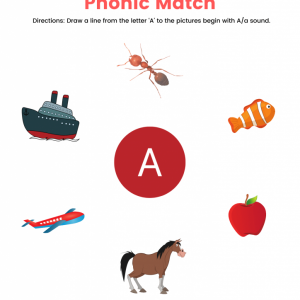
Jayadev
MemberForum Replies Created
-
Jayadev
MemberJune 1, 2023 at 4:27 pm in reply to: What is greater than, Less than and equal to sign?::<div>The greater than (>), less than (<), and equal to (=) signs are mathematical symbols used to compare quantities or values. They are part of the greater family of relational operators and are widely used in various mathematical and logical contexts.</div><div>
</div><div>Greater Than (>):</div><div>The greater than symbol (>) is used to compare two values and determine if the value on the left is greater than the value on the right. For example, if we have the expression “5 > 3,” it means that 5 is greater than 3. In this case, the statement is true. The symbol can also be used in algebraic equations, such as “2x > 10,” which means that the value of 2x is greater than 10.</div><div>
</div><div>Less Than (<):</div><div>The less than symbol (<) is the opposite of the greater than symbol. It is used to compare two values and determine if the value on the left is less than the value on the right. For example, “3 < 5” means that 3 is less than 5. Similar to the greater than symbol, it can be used in equations, such as “y < 8,” which implies that the value of y is less than 8.</div><div>
</div><div>Equal To (=):</div><div>The equal to symbol (=) is used to determine if two values or quantities are equal. It represents the idea of equivalence. For example, “6 = 6” means that 6 is equal to 6. It is commonly used in arithmetic equations, such as “2 + 3 = 5,” indicating that the sum of 2 and 3 is equal to 5. The equal to symbol is also used in programming languages and logical operations to assign values or check for equality.</div>I hope now you get the clarity.
-
::
Rational and Irrational numbers both are real numbers but different with respect to their properties. A rational number is the one which can be represented in the form of P/Q where P and Q are integers and Q ≠ 0. But an irrational number cannot be written in the form of simple fractions. ⅔ is an example of a rational number whereas √2 is an irrational number. <div>
</div><div>Let us learn more here with examples and the difference between them.</div>**What is a Rational number?
Rational numbers are numbers which can be expressed as a fraction and also as positive numbers, negative numbers and zero. It can be written as p/q, where q is not equal to zero.
The word “rational” is derived from the word ‘ratio’, which actually means a comparison of two or more values or integer numbers and is known as a fraction. In simple words, it is the ratio of two integers.
Example: 3/2 is a rational number. It means integer 3 is divided by another integer 2.
**What is an Irrational Number?
The numbers which are not rational numbers are called irrational numbers. Now, let us elaborate, irrational numbers could be written in decimals but not in the form of fractions, which means they cannot be written as the ratio of two integers.
Irrational numbers have endless non-repeating digits after the decimal point. Below is an example of an irrational number:
Example: √8 = 2.828…
 Phonic Match Worksheets for Kids
Phonic Match Worksheets for Kids  Pets Coloring Printable Worksheets for Kids
Pets Coloring Printable Worksheets for Kids 